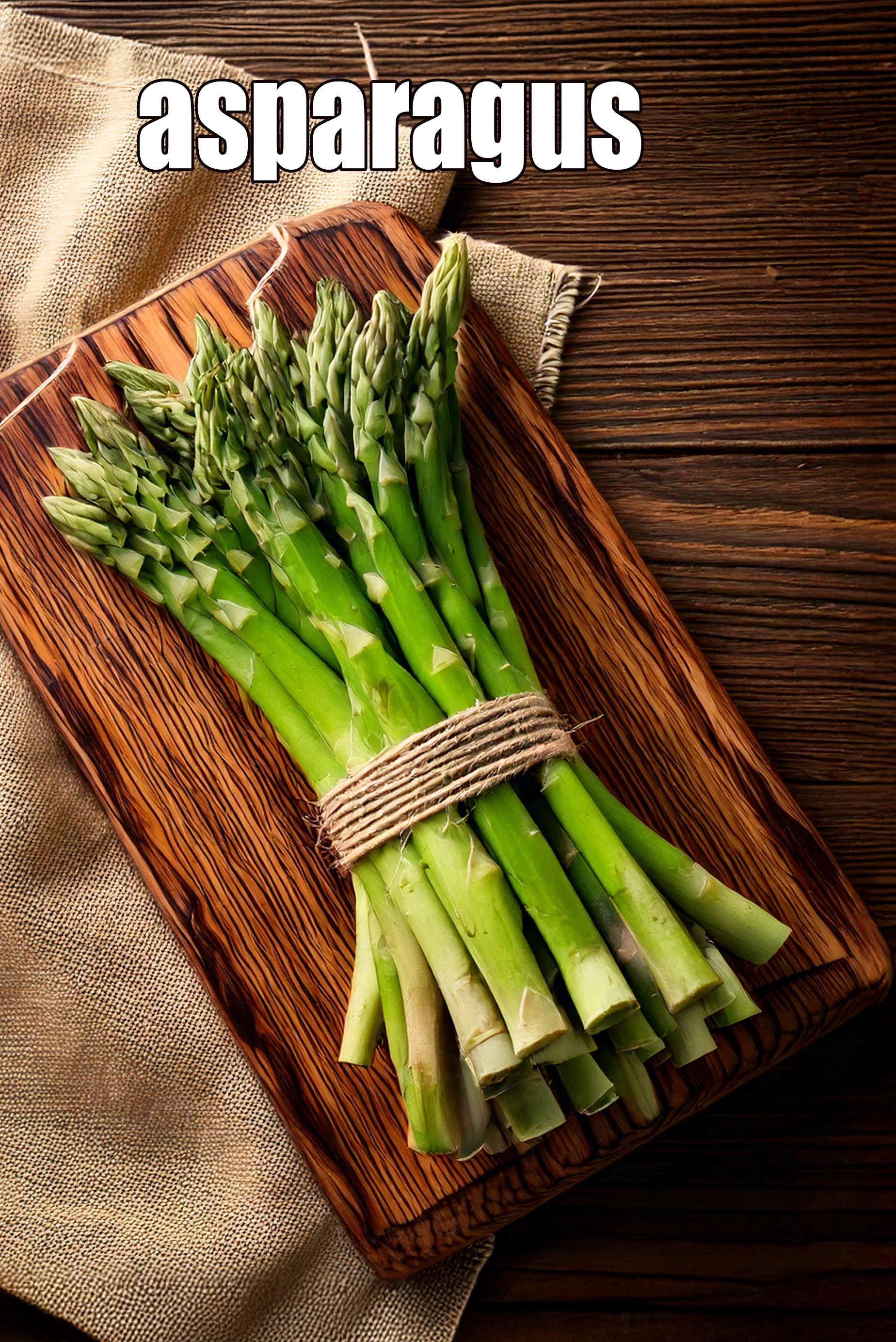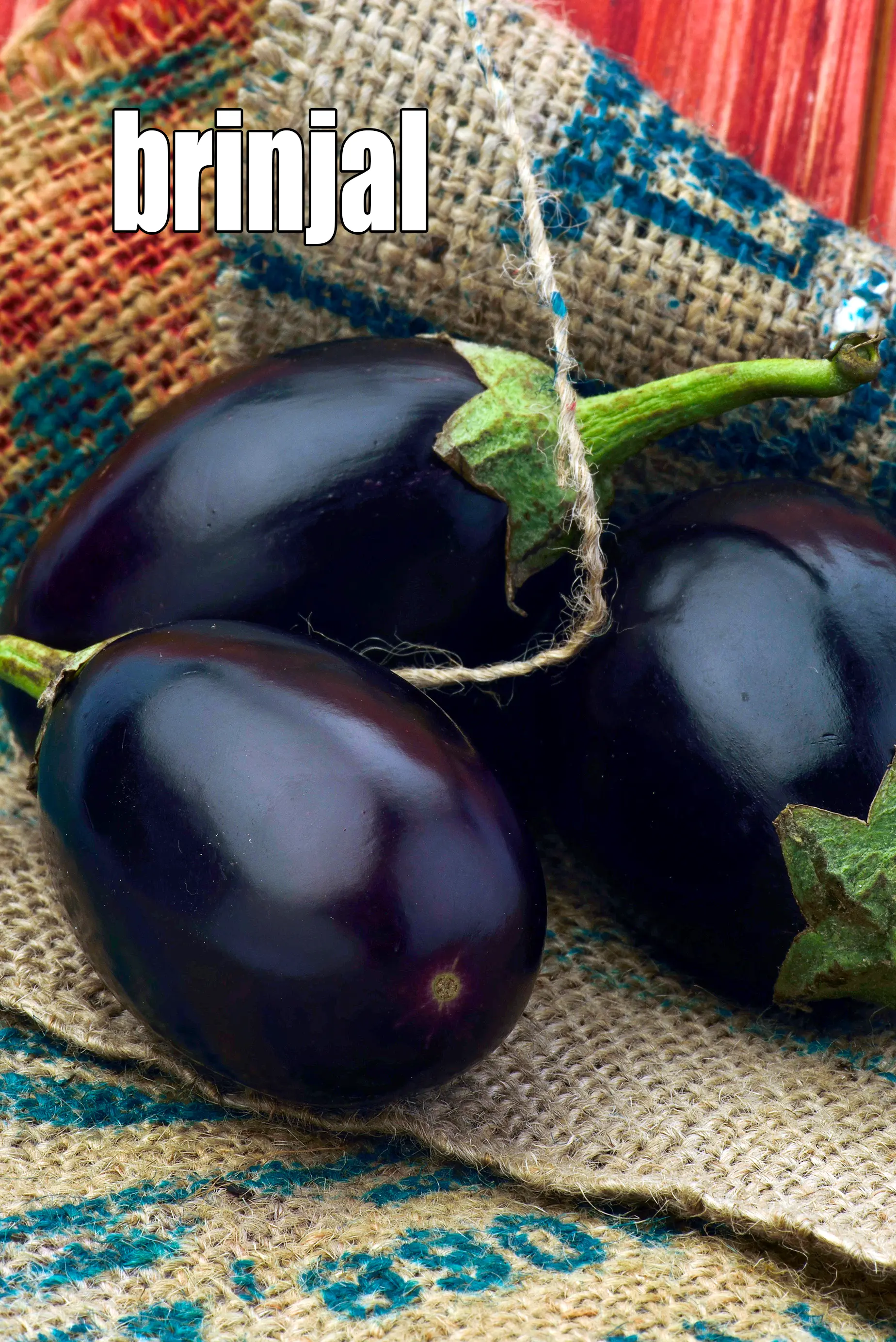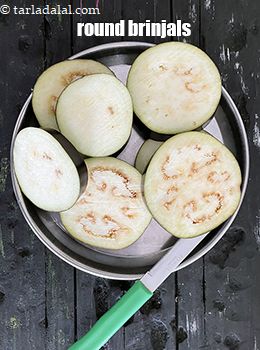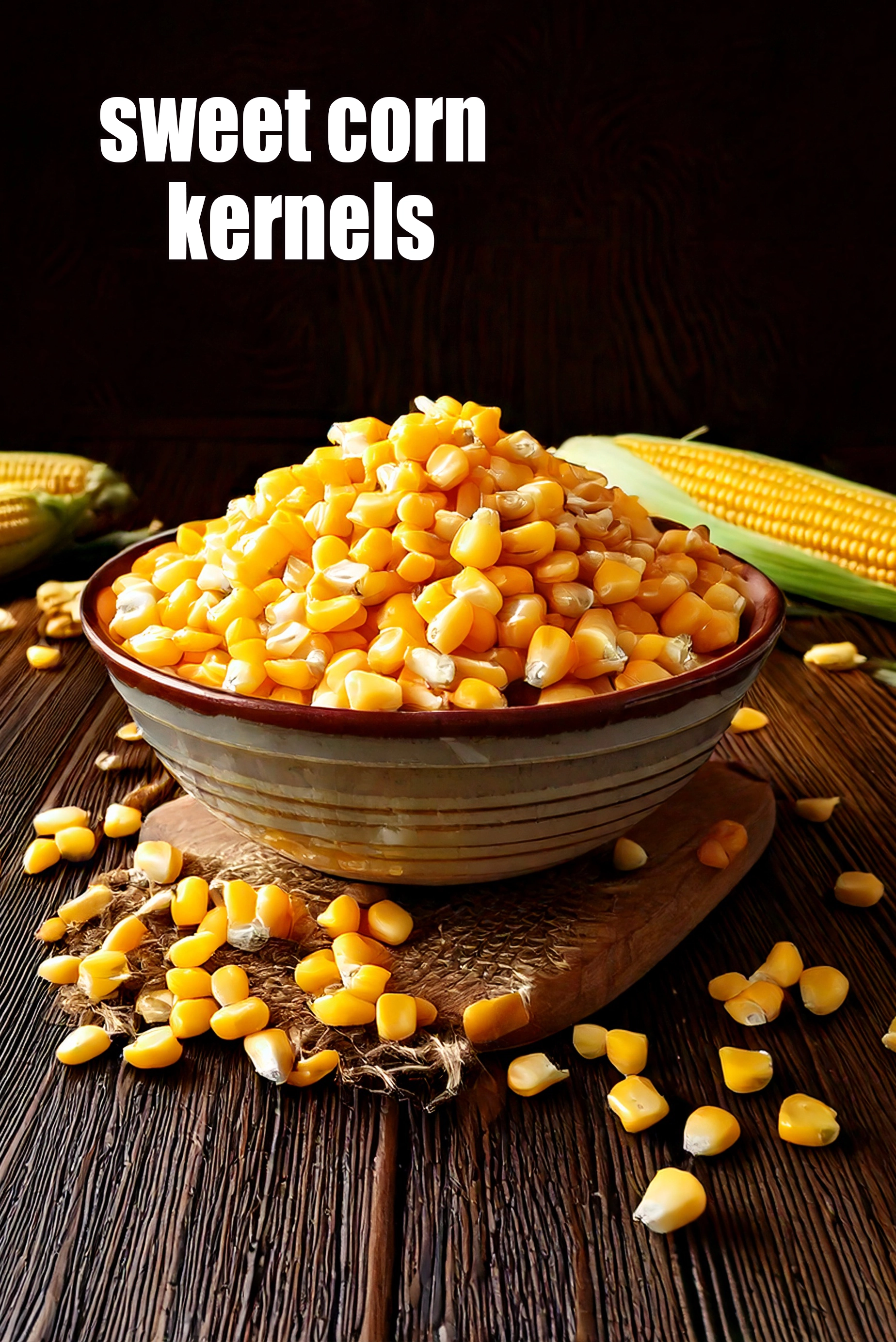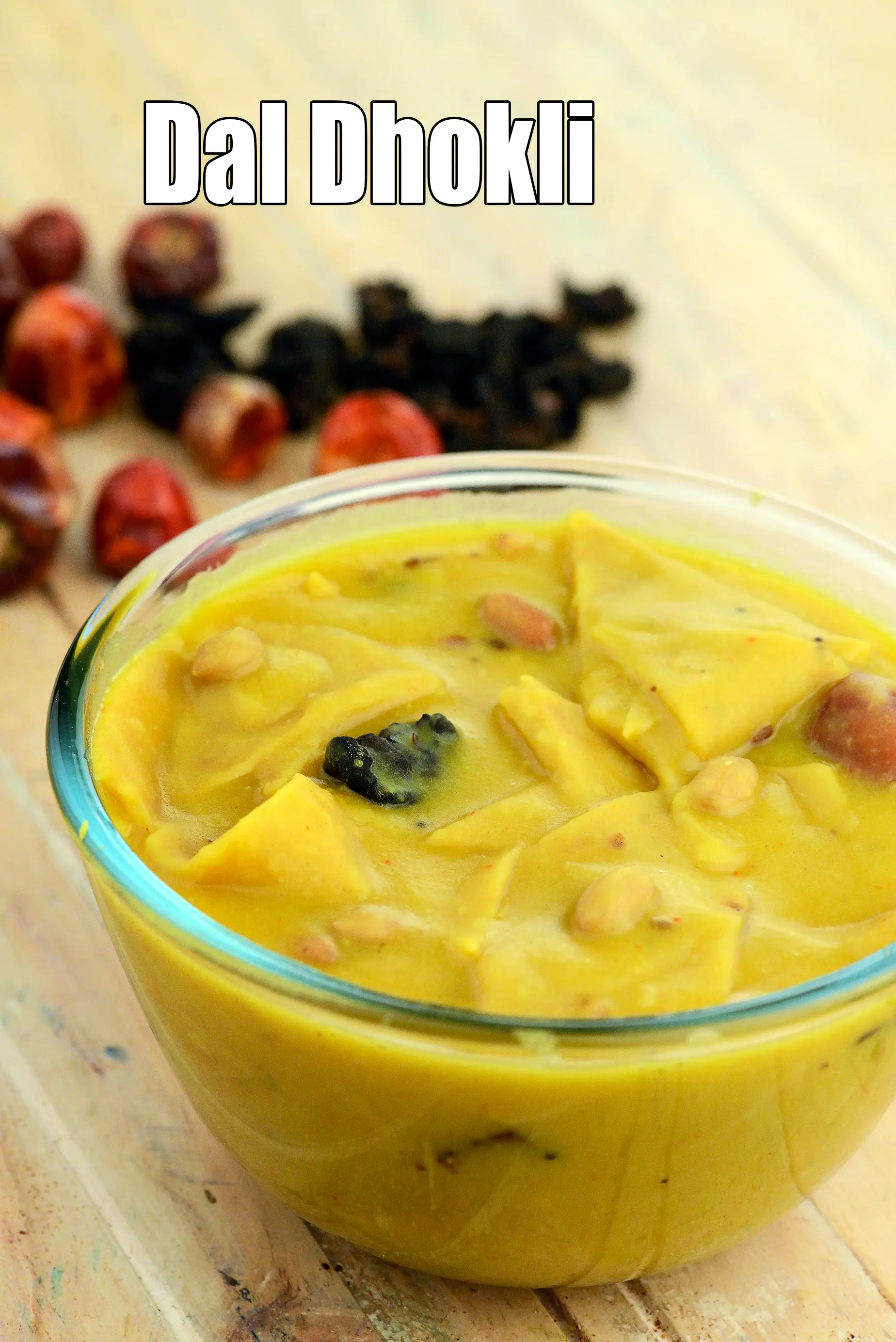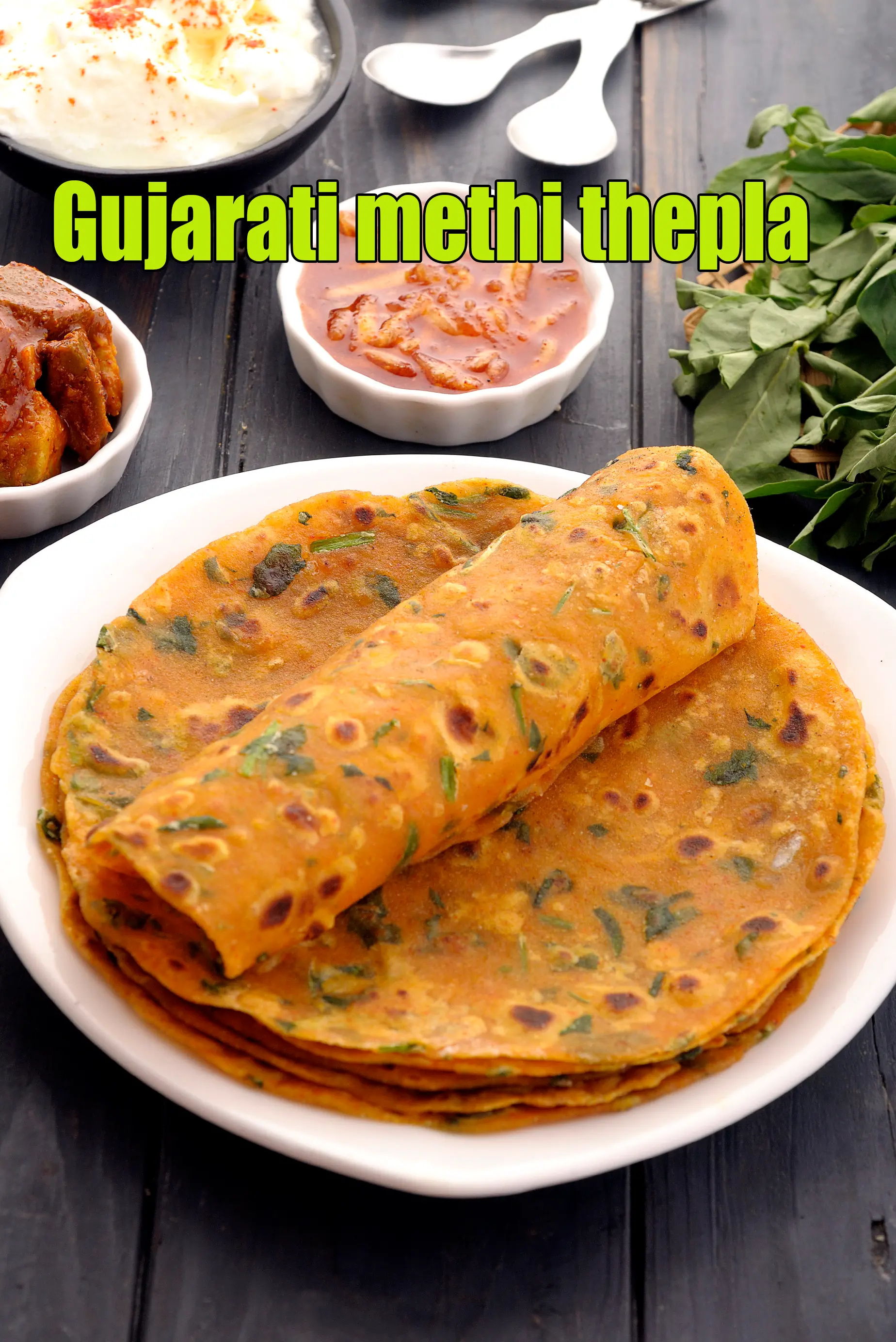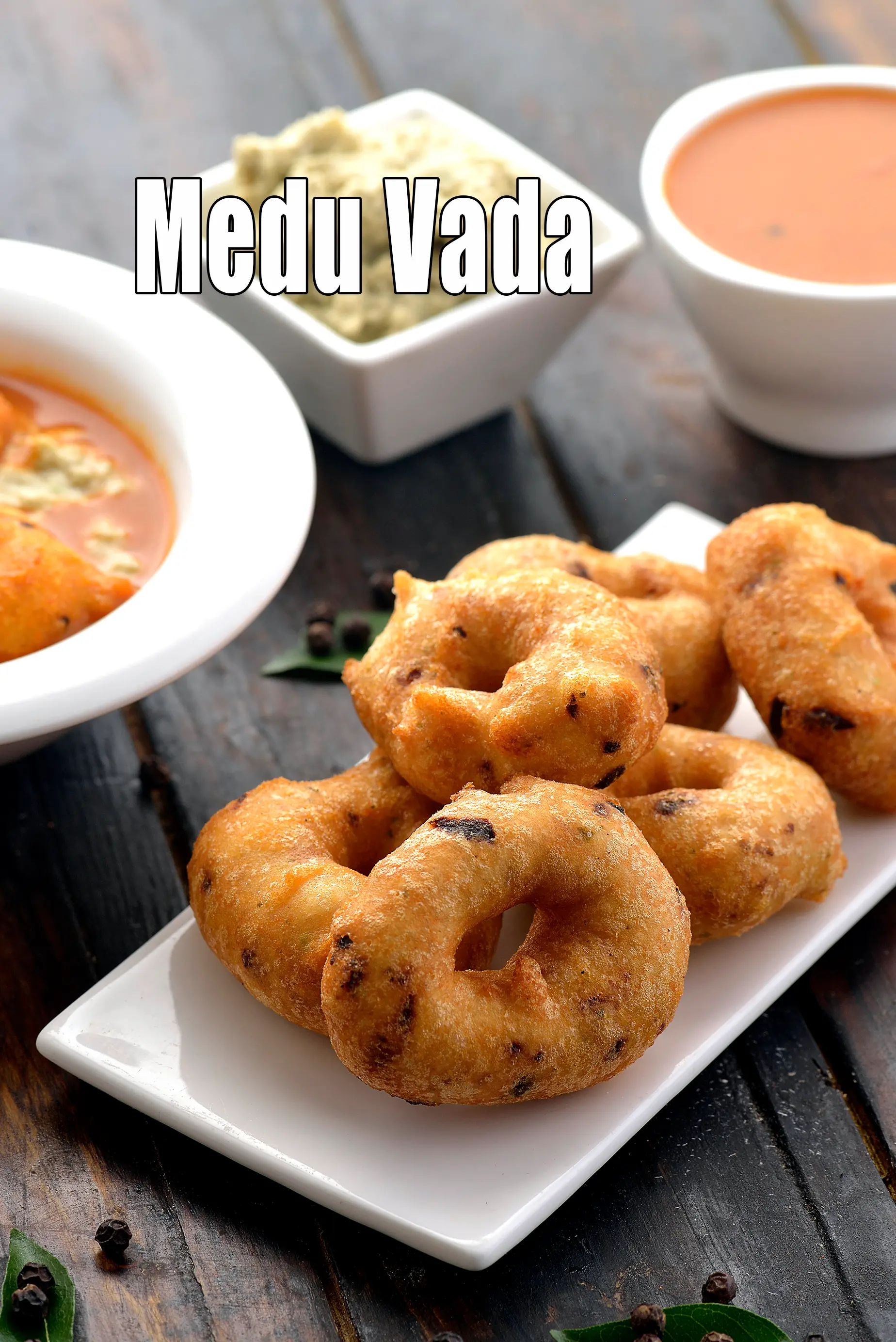kale
.webp)
Table of Content
Also known as
Borecole
Description of Kale:
Kale or borecole is a form of cabbage , green or purple in color, in which the central leaves do not form a head. One may differentiate between varieties according to the low, intermediate, or high length of the stem, with varying leaf types. The leaf colours range from light green through green, dark green and violet-green to violet-brown. The beautiful leaves of the kale plant provide an earthy flavor and more nutritional value for fewer calories than almost any other food around. Although it can be found in markets throughout the year, it is in season from the middle of winter through the beginning of spring when it has a sweeter taste and is more widely available. It is easy to grow and can grow in colder temperatures where a light frost will produce especially sweet kale leaves.
How to select Kale:
Look for kale with firm, deeply colored leaves and moist hardy stems. Kale should be displayed in a cool environment since warm temperatures will cause it to wilt and will negatively affect its flavor. The leaves should look fresh, be unwilted, and be free from signs of browning, yellowing and small holes. Choose kale with smaller-sized leaves since these will be more tender and have a more mild flavor than those with larger leaves. Kale freezes well and actually tastes sweeter and more flavorful after being exposed to a frost.
Culinary uses of Kale
· The taste and texture of steamed kale makes it a wonderful topping for homemade pizzas
· Tender kale greens can provide an intense addition to salads, particularly when combined with other such strongly-flavored ingredients as dry-roasted peanuts, tamari-roasted almonds, red pepper flakes, or an Asian-style dressings.
· Kale is eaten throughout southeastern Africa, typically boiled with coconut milk and ground peanut and served with rice or boiled cornmeal
· The kale is used to make a stew of minced boiled kale, stock, cream, pepper and salt that is simmered together slowly for a few hours.
· Braise chopped kale and apples. Before serving, sprinkle with balsamic vinegar and chopped walnuts.
How to store Kale : Kale should be wrapped in a damp paper towel, placed in a plastic bag and stored in the refrigerator crisper. It should not be washed before storing since this may cause it to become limp. Kale can be kept in the refrigerator for several days, although it is best when eaten within one or two days after purchase since the longer it is stored, the more bitter its flavor becomes.
Let’s be aware of the nutrient profile of Kale to begin with…
Nutritive Information for Kale:
1 Cup of chopped kale is about 40 grams
RDA stands for Recommended Daily Allowance.
Energy - 20 calories
Protein – 1.3 g
Carbohydrate –4 g
Fat – 0.3 g
Fiber – 0.8 g
Vitamins:
0.04 mg of Vitamin B1 (Thiamine) = 2.1% of RDA ( (about 1.2 to 1.6 mg for men)
0.04 mg of Vitamin B2 (Riboflavin) = 2.1 of RDA (about 1.4 to 1.9 mg for men)
0.4 mg of Vitamin B3 (Niacin) =3.3 % of RDA (about 12 mg)
48 mg of Vitamin C = 120% of RDA (about 40 mg)
11.6 mcg of Folate (Vitamin B9) = 11.6 of RDA (about 100 mcg)
1846.8 mcg of Vitamin A = 38.5% of RDA (about 4800 mcg)
Minerals:
54 mg of Calcium = 5.4% of RDA (about 1000 mg)
0.68 mg of Iron = 3.4% of RDA (about 20 mg)
13.6 mg of Magnesium = 3.9% of RDA (about 350 mg)
22.4 mg of Phosphorus = 3.7% of RDA (about 600 mg)
178.8 mg of Potassium = 3.8% of RDA (about 4700 g)
7 Health Benefits of Kale
1. High in Omega 3 Fatty Acids: Kale has a higher ratio of Omega 3 fatty 180 mg to Omega 6 fatty acids 138 mg. Hence it is a good Anti inflammatory food for our body which is caused by eating processed foods and too much sugar or candy.
2. Antioxidant Food : Kale is a good anti oxidant food which helps fight the free radicals in the body. Free radicals are formed in the body and also come from external toxins like polluted air, processed foods and poor quality water. These free radicals need to be neutralised in the body as they comes in lots of different grades and you need to neutralise that by consuming different Anti Oxidant rich foods. Only one food will not do the trick. Kale is one of the foods which will help. But remember to consume a rainbow of colourful vegetables and fruits daily. Remember that free radicals cause Oxidative stress which results in the damage of cell walls creating a possibility of heart disease and cancer.
3. Cruciferous vegetables are Anti Cancer : Cruciferous vegetables like Kale and Broccoli when eaten, contain glucosinolates which help fight off bacteria and fungal infection in the body and linked to lowering the risk of colon cancer, breast cancer, but risk of bladder cancer, prostate cancer, ovarian cancer, prostrate cancer and bladder cancer. It is preferable to eat Kale raw instead of cooking it to get the best benefits. Try this salad.
4. Good for Heart : Kale is a very good source of both Anti Inflammatory and Anti Oxidant resulting in its ability to Lowering Cholesterol. In fact, most dark green vegetables are rich in nutrients and rich in Vitamin K and Vitamin E which is heart friendly.
5. Helps Blood Clotting : Kale is rich in Vitamin K which is crucial roll in blood clotting. Helps clot wounds and bleeding as a result of it.
6. Good for Eyes : Kale is rich in the Antioxidants Lutein and zeaxanthin plus it has beta carotene which is good for eye health. They may help in lower risk of cataract and macular degeneration.
7. Weight Loss : One cup of chopped Kale is only 20 calories and at the same time it has fibre which will keep you feeling full for a longer time.
Glycemic Index of Kale
Kale has a Glycemic Index of 15 which is low. Glycemic Index are for foods you eat, ranks carbohydrate-containing foods by how quickly they digest and raise your blood sugar or glucose levels. Foods rank from 0 to 50 are low GI, 51 to 69 are medium and 70 to 100 are high. Foods that are high in GI are not suitable for weight loss and diabetics. Foods like Kale have a low GI and hence dont spike your glucose level as they are absorbed slowly. Great for weight loss.
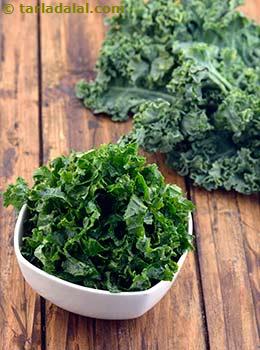
chopped kale
Before chopping, wash the kale leaves thoroughly under cool running water to remove any sand or dirt that may remain in the leaves. After removing any roots that remain, chop them thinly or roughly, using a sharp knife, as per recipe requirements.

Related Recipes
Palak Kale And Apple Juice, Kale Spinach Apple Juice
Jowar Kale Palak Veg Antioxidant Healthy Office Salad
Avocado Kale And Mango Pulp Smoothie
Quinoa Kale Khakhra, Healthy Quinoa And Oats Khakhra
Kale, Masoor Veg Antioxidant Healthy Office Salad
More recipes with this ingredient...
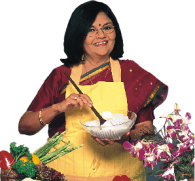
Related Glossary
Follow US
Recipe Categories
- Vitamin B12 Cobalamin Rich Recipes 33 recipes
- Low Calorie, Weight Loss Indian Recipes 421 recipes
- Low Cholesterol Indian Recipes 307 recipes
- Healthy Indian Breakfast 372 recipes
- Indian Diabetic recipes 558 recipes
- Indian Pregnancy recipes 461 recipes
- Zero Oil Indian Recipes 133 recipes
- Iron Rich Indian recipes 267 recipes
- Healthy Indian Acidity recipes 132 recipes
- Healthy Sabzis 108 recipes
- Indian Healthy Veg Snack 275 recipes
- Healthy Heart Recipes 415 recipes
- Healthy Veg Indian Soups 74 recipes
- Calcium Rich Indian Recipes 373 recipes
- High Blood Pressure Indian Recipes 100 recipes
- Healthy Indian Salads Recipes 137 recipes
- Low Carb Indian Diet, recipes 160 recipes
- Hypothyroidism Diet 59 recipes
- Arthritis Diet 68 recipes
- Vitamin K Diet 41 recipes
- High Protein Indian recipes 93 recipes
- Fatty Liver Diet 30 recipes
- PCOS 131 recipes
- Gluten Free Veg Indian 193 recipes
- High Fiber 328 recipes
- Indian Cancer Patients 275 recipes
- Jaundice Diet 45 recipes
- Sprouts 61 recipes
- Typhoid 43 recipes
- Irritable Bowel Syndrome (IBS) 20 recipes
- Kidney Stone Diet 9 recipes
- Home Remedies 213 recipes
- Senior Citizen 195 recipes
- Diet for Dialysis 10 recipes
- Healthy Indian Drinks and Juices 213 recipes
- Gout Indian Recipes 17 recipes
- Potassium Rich 80 recipes
- Vegan 194 recipes
- Forever Young Diet, Anti Aging Indian Diet 255 recipes
- Indian recipes to treat Vomiting 7 recipes
- High in Omega 3 Fatty Acids 31 recipes
- Zinc Rich Foods 55 recipes
- Vitamin B1 Rich Indian Foods, Recipes 101 recipes
- Malaria Diet 17 recipes
- Vitamin A Rich, Beta Carotene, Retinol 87 recipes
- Antioxidant Rich Indian 445 recipes
- Low Veg Glycemic Index 86 recipes
- Magnesium Rich 94 recipes
- Healthy Indian Dinner 85 recipes
- Lower Blood Pressure Salads 7 recipes
- Vitamin C Rich Indian recipes 118 recipes
- Healthy Indian Lunch Recipes 29 recipes
- Lactation 25 recipes
- Hyperthyroidism Diet 46 recipes
- Vitamin E Rich 50 recipes
- Vitamin B3, Niacin Rich 41 recipes
- Post Surgery Diet 42 recipes
- Lower Blood Pressure Desserts Sweets 14 recipes
- Selenium 27 recipes
- Phosphorus Rich Indian Recipes, Foods 74 recipes
- Copper 15 recipes
- Foods Rich in Vitamin B2 Riboflavin 22 recipes
- Vitamin B6 Diet 36 recipes
- Vitamin B9 Rich Folate 50 recipes
- B Vitamins 231 recipes
- Manganese Diet 32 recipes
- Marathoners, Endurance Athletes, Triathlete 225 recipes
- Thalassemia 18 recipes
- Detox Water, Fruit Infused Water 42 recipes
- Lactose Free Dairy Free 22 recipes
- Omega 6 Fatty Acids 32 recipes
- Phytonutrients 51 recipes
- Chronic Kidney Disease Indian recipes 12 recipes
- Selenium1 0 recipes
- Quick Snacks / Quick Starters 385 recipes
- Quick Breakfast Indian 132 recipes
- Quick Sabzis 117 recipes
- Quick Rotis / Parathas 46 recipes
- Quick Indian Sweets 139 recipes
- Quick Stir-Fries 51 recipes
- Quick Vegetarian Indian Soups 72 recipes
- Quick Chutneys 67 recipes
- Quick Vegetarian Rice, khichdi Recipes 56 recipes
- Indian snacks under 10 minutes 44 recipes
- Quick Indian Dips, Gravies & Sauces 103 recipes
- Quick Veg Indian Pizza 17 recipes
- Quick Veg Pasta 25 recipes
- Quick Pickles / Aachar 25 recipes
- Quick Dals / quick Kadhis 29 recipes
- Snacks under 5 minutes 33 recipes
- Quick Healthy Recipes 43 recipes
- Quick Pressure Cooker 46 recipes
- Quick Desserts 47 recipes
- Quick 3 Ingredients 63 recipes
- Quick Indian Desserts 18 recipes
- Quick 4 Ingredients 41 recipes
- Quick 5 Ingredients 41 recipes
- Kids Tiffin Box 318 recipes
- Recipes for Toddlers (1-3 Years) 31 recipes
- Sweet Recipes for Kids 453 recipes
- Recipes for Baby (10 to 12 Months) 14 recipes
- Quick Indian recipes for Kids 72 recipes
- Indian Breakfast Recipes for Kids 192 recipes
- Recipes for Weaning (8 to 9 months) 20 recipes
- Healthy Foods for Kids 195 recipes
- Snack Recipes for Kids 619 recipes
- Recipes Kids can make 36 recipes
- Kids After School 794 recipes
- Kids Jar Snacks 66 recipes
- Finger Foods for Babies, Toddlers and Kids 76 recipes
- Kids Weight Gain 43 recipes
- Kids Wraps and Rolls 23 recipes
- Kids Veg Pasta 27 recipes
- Kids Brain Boosting 68 recipes
- Protein rich food for kids 69 recipes
- Recipes for Weaning 13 recipes
- Kids Pizzas 30 recipes
- Babies, Toddler and Kids Iron Rich Foods 31 recipes
- High Fiber Foods for Kids 39 recipes
- Kids Noodles 37 recipes
- Kids High Energy Indian Foods 103 recipes
- Kids Calcium Rich Indian recipes 91 recipes
- Kids Recipes for Increasing Immunity 10 recipes
- Babies recipes, 6 to 18 months 31 recipes
- Kids Weight Loss 58 recipes
- Teething Recipes for Babies 10 recipes
- Cereals and Pulses for 8 to 9 months Baby 5 recipes
- Weaning foods at 7 months 8 recipes
- Indian Teen 315 recipes
- Starters / Snacks 2137 recipes
- Indian Breakfast Recipes 819 recipes
- Main Course Recipes 925 recipes
- Indian Salads 385 recipes
- Indian Desserts , Sweets 984 recipes
- Indian Soups 249 recipes
- Indian Beverages, Indian Drinks 483 recipes
- Indian Dinner 903 recipes
- Indian Dinner1 0 recipes
- Indian Lunch 830 recipes
- Side Dishes 449 recipes
- Indian Travel Food 433 recipes
- Indian Barbeque1 recipes 22 recipes
- Frozen Foods, Indian Freezer Recipes 67 recipes
- Whole Wheat Recipes 56 recipes
- Indian Comfort Foods 212 recipes
- Dinner Menus 56 recipes
- Easy Indian Veg 70 recipes
- Innovative Indian Recipes 27 recipes
- No Cook Indian 37 recipes
- Advanced Recipes 10 recipes
- Cakes with Eggs 13 recipes
- Microwave 230 recipes
- Oven 619 recipes
- Indian Steamer Recipes 102 recipes
- Kadai Veg 406 recipes
- Indian Barbeque Recipes 43 recipes
- Sizzler tray 15 recipes
- Mixer 566 recipes
- Pressure Cooker 315 recipes
- Tava 646 recipes
- Non-stick Pan 1393 recipes
- Appe Mould 17 recipes
- Pan 223 recipes
- Indian Freezer recipes, meals 56 recipes
- Deep Pan 148 recipes
- Non Stick Kadai Veg 203 recipes
- Refrigerator 176 recipes
- Waffle Indian recipes 6 recipes
- Handi 12 recipes
- Juicer and Hopper 64 recipes
- Grill 30 recipes
- Toaster 21 recipes
- Gas Toaster 7 recipes
- Steam 72 recipes
- No Cooking Veg Indian 335 recipes
- Vegetarian baked Indian recipes 380 recipes
- Boiled Indian recipes 129 recipes
- Deep Fry 259 recipes
- Indian Tawa 266 recipes
- Shallow Fry Indian 25 recipes
- Microwave1 173 recipes
- Saute 273 recipes
- Indian Pressure Cooker 171 recipes
- Stir-fry 100 recipes
- Roasting 0 recipes


